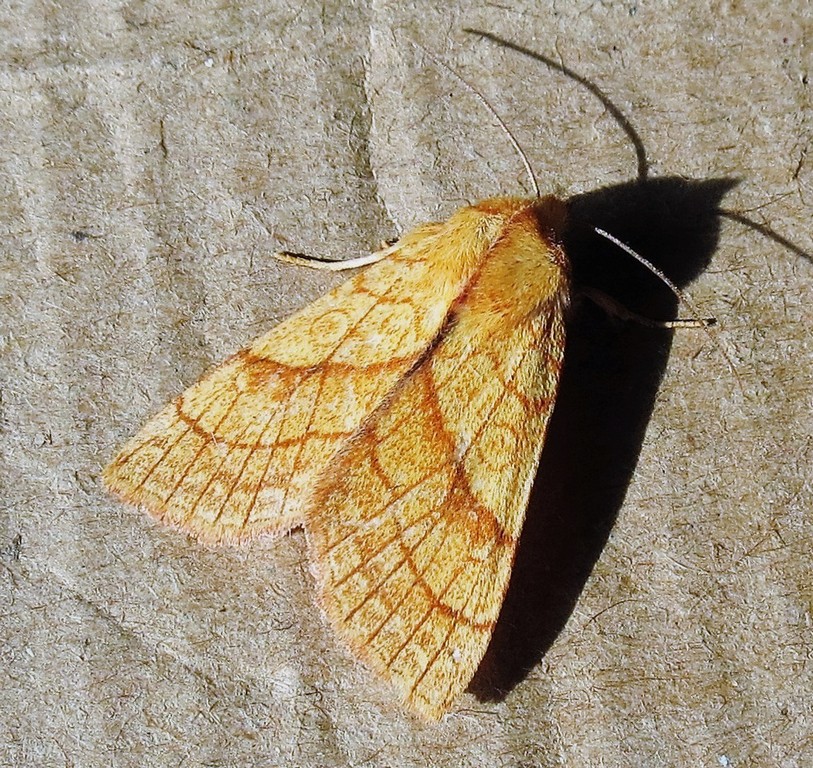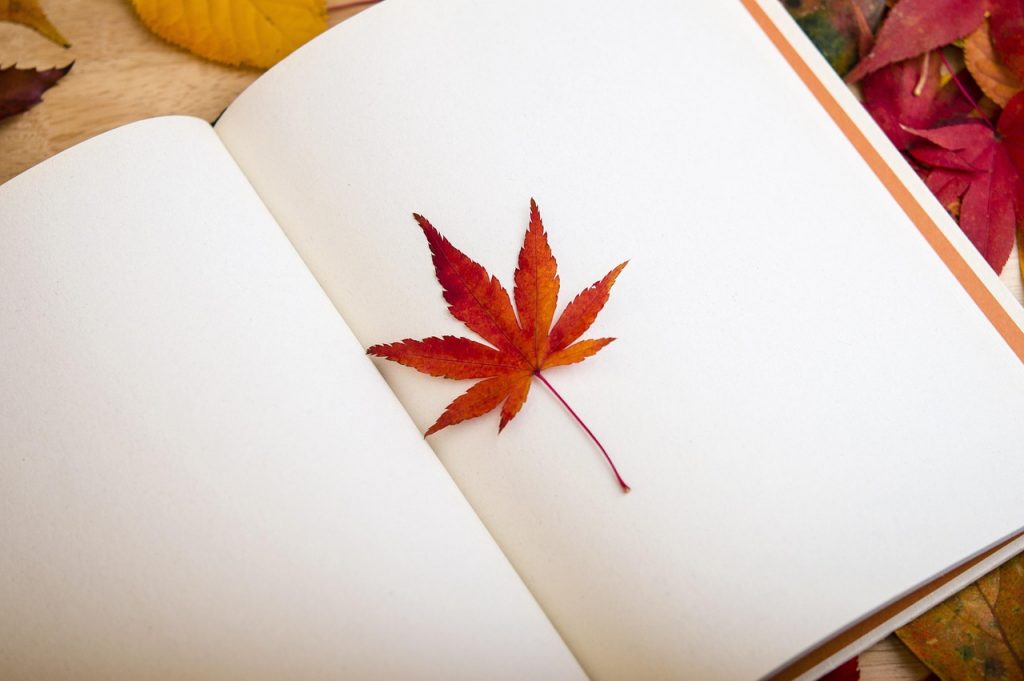Nature Notes – Firsts and Lasts
We have, largely, predictable seasons and live on an island on the edge of a continent. These factors lead to large amounts of seasonal natural history and to our noticing ‘firsts’. There are letters to The Times from people hearing their first cuckoo or nightingale each year and Delius chose to compose “On hearing the first Cuckoo in spring”. In common parlance “one Swallow does not a summer make”. Botanically we notice the first snowdrops to flower and base weather lore around the behaviour of trees; “Oak before the ash we’ll only get a splash; ash before the oak we’re sure to get a soak”, a reference to the timing of leaves appearing.

Firsts don’t just appear at the start of the year. Typically the first Gatekeeper butterflies emerge in late June, the first Migrant Hawker dragonflies in late July/early August and the first Orange Sallow moths in September. Birds that migrate south west in winter may have travelled from eastern Europe or even Asia – for many birdwatchers the first Pallas’ warbler of the year will be in October or even November. Locally you might soon be seeing your first Fieldfare of the winter.
Whilst a first sighting is unambiguous it is never possible to determine last sightings of the year until 31 December. I would not expect to see a swift, a cuckoo or an osprey after the end of September but nothing is impossible and the occasional swallow or house martin are sometimes sighted in December, two months after their expected departure date.
Keeping a nature diary

You may record wildlife sightings in a diary or notebook. Such records may be from your garden or on a regular walk. Looking back you might notice changes that are significant and in some cases, a cause for concern. In nature, most creatures eat something else. If the changing climate means that trees are coming into leaf earlier each year, will insects have emerged from hibernation to lay eggs to produce the caterpillars that songbirds depend upon? Conversely, if these birds arrive back earlier each year, will there be enough leaves to hide their nests and enough caterpillars to feed their nestlings? Observations from the numerous amateur naturalists in the UK are helping scientists to understand more about why some species are thriving, whilst others are declining in numbers and/or changing their distribution.
In September’s Chronicle we saw a beautiful photograph of the first ever otter sighting at a Kibworth garden pond. Who knows what you might find if you start looking for first and last events in your garden or your local park?
David Scott




 Thank you to our local heroes: celebrating Harvest Festival and the Spirit of Giving
Thank you to our local heroes: celebrating Harvest Festival and the Spirit of Giving

